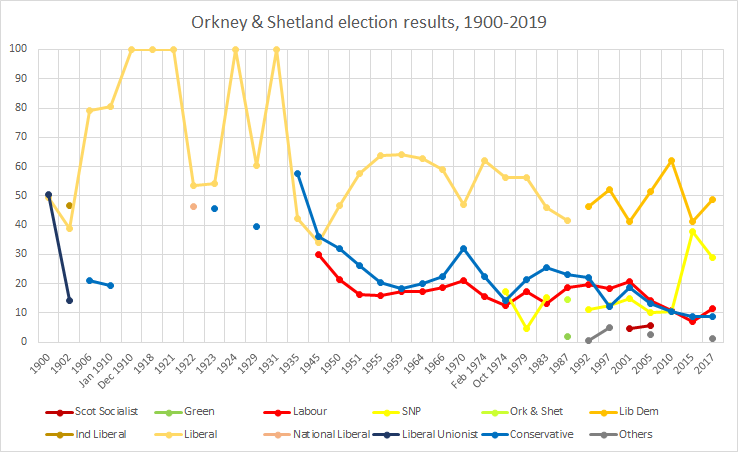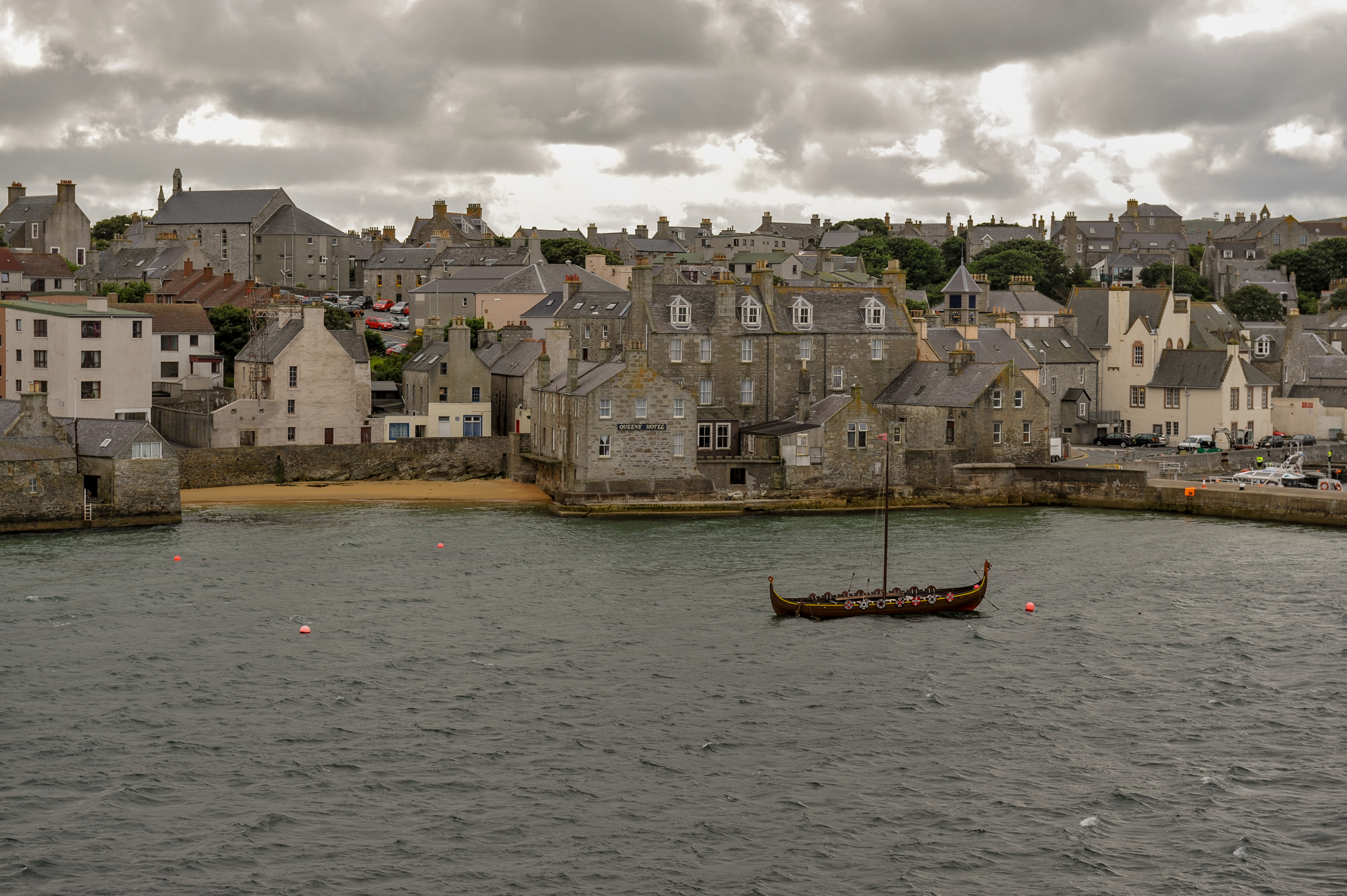|
Firth, Shetland
*''Note: "Firth" is a common name for sounds in Shetland'' Firth is a village in the north east of Mainland, Shetland, Scotland, in the parish of Delting, not far from Mossbank. It is 27 miles from Lerwick. History Along with a stone memorial at the entrance to the village, many abandoned croft houses still stand on the hill across Firth Voe from Mossbank. These commemorate the infamous "Delting Disaster Delting is a civil parish and community council area on Mainland, Shetland, Scotland. It includes the Sullom Voe oil terminal and its main settlements are Brae, Mossbank and Voe. The parish, as described in 1882–1884, included the islands of ..." of 21 December 1900 when twenty-two local fishermen were lost during a storm, decimating the community. Because of the oil industry, which grew in 1970s Shetland, a number of temporary dwellings were built, followed by some housing estates, some now demolished. Footnotes External links Canmore - Elizabeth: Infield, Delting, ... [...More Info...] [...Related Items...] OR: [Wikipedia] [Google] [Baidu] |
Firth
Firth is a word in the English and Scots languages used to denote various coastal waters in the United Kingdom, predominantly within Scotland. In the Northern Isles, it more usually refers to a smaller inlet. It is linguistically cognate to ''fjord'' (both from Proto-Germanic *''ferþuz''), which has a more constrained sense in English. Bodies of water named "firths" tend to be more common on the Scottish east coast, or in the southwest of the country, although the Firth of Clyde is an exception to this. The Highland coast contains numerous estuaries, straits, and inlets of a similar kind, but not called "firth" (e.g. the Minch and Loch Torridon); instead, these are often called sea lochs. Before about 1850, the spelling "Frith" was more common. A firth is generally the result of ice age glaciation and is very often associated with a large river, where erosion caused by the tidal effects of incoming sea water passing upriver has widened the riverbed into an estuary. Demarcation c ... [...More Info...] [...Related Items...] OR: [Wikipedia] [Google] [Baidu] |
Orkney And Shetland (UK Parliament Constituency)
Orkney and Shetland is a constituency of the House of Commons of the Parliament of the United Kingdom. It elects one Member of Parliament (MP) by the first past the post system of election. In the Scottish Parliament, Orkney and Shetland are separate constituencies. The constituency was historically known as Orkney and Zetland (an alternative name for Shetland). In the 2014 Scottish independence referendum, 65.4% of the constituency's electors voted for Scotland to stay part of the United Kingdom. Creation The British parliamentary constituency was created in 1708 following the Acts of Union, 1707 and replaced the former Parliament of Scotland shire constituency of Orkney & Zetland. Boundaries The constituency is made up of the two northernmost island groups of Scotland, Orkney and Shetland. A constituency of this name has existed continuously since 1708. However, before 1918 the town of Kirkwall (the capital of Orkney) formed part of the Northern Burghs constituency. It i ... [...More Info...] [...Related Items...] OR: [Wikipedia] [Google] [Baidu] |
Delting
Delting is a civil parish and List of community council areas in Scotland#Shetland, community council area on Mainland, Shetland, Mainland, Shetland, Scotland. It includes the Sullom Voe oil terminal and its main settlements are Brae, Mossbank, Shetland, Mossbank and Voe, Delting, Voe. The parish, as described in 1882–1884, included the islands of Bigga, Shetland, Bigga (co-owned with the civil parish of Yell, Shetland, Yell), Fish Holm, Fishholm, Brother Isle, Little Roe, and Muckle Roe; of these only Muckle Roe was at that time inhabited. The landward area "varies in breadth from 3 to 6 miles, being much intersected by voes or arms of the sea". ''Quoting from Frances Groome's 1882-1884 Ordnance Gazetteer of Scotland'' References External links * * Parishes of Shetland Mainland, Shetland {{Shetland-geo-stub ... [...More Info...] [...Related Items...] OR: [Wikipedia] [Google] [Baidu] |
Shetland
Shetland, also called the Shetland Islands and formerly Zetland, is a subarctic archipelago in Scotland lying between Orkney, the Faroe Islands and Norway. It is the northernmost region of the United Kingdom. The islands lie about to the northeast of Orkney, from mainland Scotland and west of Norway. They form part of the border between the Atlantic Ocean to the west and the North Sea to the east. Their total area is ,Shetland Islands Council (2012) p. 4 and the population totalled 22,920 in 2019. The islands comprise the Shetland (Scottish Parliament constituency), Shetland constituency of the Scottish Parliament. The local authority, the Shetland Islands Council, is one of the 32 council areas of Scotland. The islands' administrative centre and only burgh is Lerwick, which has been the capital of Shetland since 1708, before which time the capital was Scalloway. The archipelago has an oceanic climate, complex geology, rugged coastline, and many low, rolling hills. The lar ... [...More Info...] [...Related Items...] OR: [Wikipedia] [Google] [Baidu] |
Shetland (Scottish Parliament Constituency)
Shetland is a constituency of the Scottish Parliament ( Holyrood) covering the council area of Shetland. It elects one Member of the Scottish Parliament (MSP) by the first past the post method of election. It is also one of eight constituencies in the Highlands and Islands electoral region, which elects seven additional members, in addition to the eight constituency MSPs, to produce a form of proportional representation for the region as a whole. Shetland has been held by the Liberal Democrats at all elections since the formation of the Scottish Parliament in 1999, with the current MSP being Beatrice Wishart, who won the seat at a 2019 by-election held following the resignation of former party leader Tavish Scott. Electoral region Shetland is part of the Highlands and Islands electoral region; the other seven constituencies of are Argyll and Bute, Caithness, Sutherland and Ross, Inverness and Nairn, Moray, Na h-Eileanan an Iar, Orkney and Skye, Lochaber and Badenoch ... [...More Info...] [...Related Items...] OR: [Wikipedia] [Google] [Baidu] |
Mainland, Shetland
The Mainland is the main island of Shetland, Scotland. The island contains Shetland's only burgh, Lerwick, and is the centre of Shetland's ferry and air connections. Geography It has an area of , making it the third-largest Scottish island and the fifth largest of the British Isles after Great Britain, Ireland, Lewis and Harris and Skye. Mainland is the second most populous of the Scottish islands (only surpassed by Lewis and Harris), and had 18,765 residents in 2011 compared to 17,550 in 2001. The mainland can be broadly divided into four sections: *The long southern peninsula, south of Lerwick, has a mixture of moorland and farmland and contains many important archaeological sites. **Bigton, Cunningsburgh, Sandwick, Scalloway, and Sumburgh *The Central Mainland has more farmland and some woodland plantations. *The West Mainland **Aith, Walls, and Sandness *The North Mainland – in particular the large Northmavine peninsula, connected to Mainland by a narrow isthmus at ... [...More Info...] [...Related Items...] OR: [Wikipedia] [Google] [Baidu] |
Mossbank, Shetland
Mossbank is a village in the north east of the Mainland of Shetland, Scotland. Originally served by an inter island ferry steamer from Lerwick, this ceased when the Yell Sound ferry commenced from the small port of Toft, approximately 1 mile further north. The village was profoundly changed in the early 1980s when construction began on the nearby Sullom Voe oil terminal. Large amounts of temporary accommodation were erected to house the construction workforce, with the population expanding from 130 in the early 1970s to about a thousand a decade later. The number of residents staying in Mossbank is forever changing, making it hard to record a village population. The village has one primary school, Mossbank Primary School, a public house, The Welcome Inn, a shop, a Post Office & a local hall, from where the Youth Club is run. Mossbank and its adjoining area of Firth are in the parish of Delting Delting is a civil parish and List of community council areas in Scotland#Shetlan ... [...More Info...] [...Related Items...] OR: [Wikipedia] [Google] [Baidu] |
Lerwick
Lerwick (; non, Leirvik; nrn, Larvik) is the main town and port of the Shetland archipelago, Scotland. Shetland's only burgh, Lerwick had a population of about 7,000 residents in 2010. Centred off the north coast of the Scottish mainland and on the east coast of the Shetland Mainland, Lerwick lies north-by-northeast of Aberdeen; west of the similarly sheltered port of Bergen in Norway; and south east of Tórshavn in the Faroe Islands. One of the UK's coastal weather stations is situated there, with the local climate having small seasonal variation due to the maritime influence. Being located further north than Saint Petersburg and the three mainland Nordic capitals, Lerwick's nights in the middle of summer only get dark twilight and winters have below six hours of complete daylight. History Lerwick is a name with roots in Old Norse and its local descendant, Norn, which was spoken in Shetland until the mid-19th century. The name "Lerwick" means ''bay of clay''. The c ... [...More Info...] [...Related Items...] OR: [Wikipedia] [Google] [Baidu] |
Firth Voe
Firth is a word in the English and Scots languages used to denote various coastal waters in the United Kingdom, predominantly within Scotland. In the Northern Isles, it more usually refers to a smaller inlet. It is linguistically cognate to ''fjord'' (both from Proto-Germanic *''ferþuz''), which has a more constrained sense in English. Bodies of water named "firths" tend to be more common on the Scottish east coast, or in the southwest of the country, although the Firth of Clyde is an exception to this. The Highland coast contains numerous estuaries, straits, and inlets of a similar kind, but not called "firth" (e.g. the Minch and Loch Torridon); instead, these are often called sea lochs. Before about 1850, the spelling "Frith" was more common. A firth is generally the result of ice age glaciation and is very often associated with a large river, where erosion caused by the tidal effects of incoming sea water passing upriver has widened the riverbed into an estuary. Demarcation c ... [...More Info...] [...Related Items...] OR: [Wikipedia] [Google] [Baidu] |
Delting Disaster
Delting is a civil parish and community council area on Mainland, Shetland, Scotland. It includes the Sullom Voe oil terminal and its main settlements are Brae, Mossbank and Voe. The parish, as described in 1882–1884, included the islands of Bigga (co-owned with the civil parish of Yell), Fishholm, Brother Isle, Little Roe, and Muckle Roe; of these only Muckle Roe was at that time inhabited. The landward area "varies in breadth from 3 to 6 miles, being much intersected by voes or arms of the sea". ''Quoting from Frances Groome's 1882-1884 Ordnance Gazetteer of Scotland Ordnance may refer to: Military and defense *Materiel in military logistics, including weapons, ammunition, vehicles, and maintenance tools and equipment. **The military branch responsible for supplying and developing these items, e.g., the Unite ...'' References External links * * Parishes of Shetland Mainland, Shetland {{Shetland-geo-stub ... [...More Info...] [...Related Items...] OR: [Wikipedia] [Google] [Baidu] |
Villages In Mainland, Shetland
A village is a clustered human settlement or community, larger than a hamlet but smaller than a town (although the word is often used to describe both hamlets and smaller towns), with a population typically ranging from a few hundred to a few thousand. Though villages are often located in rural areas, the term urban village is also applied to certain urban neighborhoods. Villages are normally permanent, with fixed dwellings; however, transient villages can occur. Further, the dwellings of a village are fairly close to one another, not scattered broadly over the landscape, as a dispersed settlement. In the past, villages were a usual form of community for societies that practice subsistence agriculture, and also for some non-agricultural societies. In Great Britain, a hamlet earned the right to be called a village when it built a church. [...More Info...] [...Related Items...] OR: [Wikipedia] [Google] [Baidu] |



